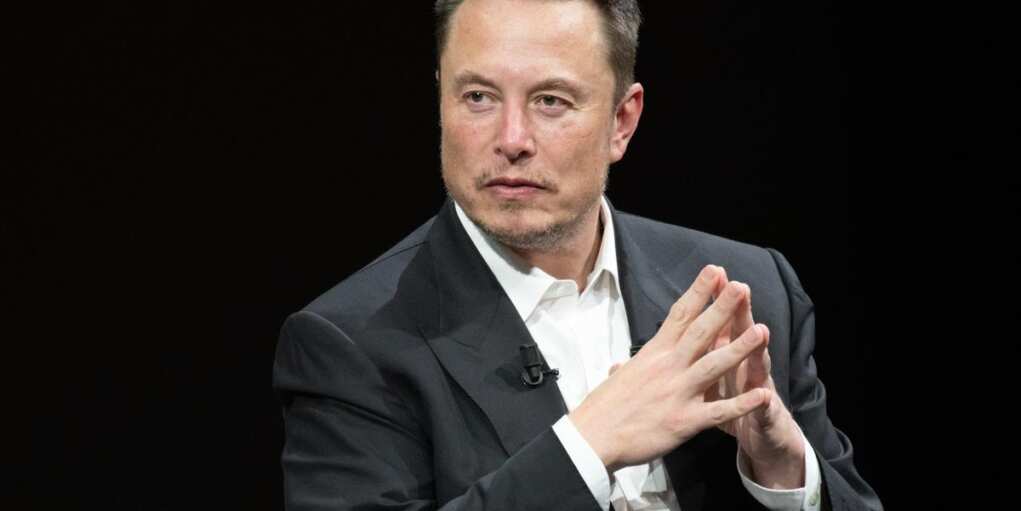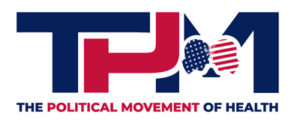Elon Musk Releases A New Revolutionary Service

Elon Musk just made his latest futuristic fantasy real: Tesla’s robotaxi service is officially on the streets of Austin, Texas. The autonomous ride-hailing fleet, comprised of Model Y SUVs, began limited service to select invitees, charging a cheeky flat rate of $4.20 — a nod to Musk’s trademark marijuana humor.
The pilot marks a pivotal step for Tesla as it attempts to muscle into a growing market already populated by rivals like Google’s Waymo and Amazon’s Zoox. Unlike traditional ride-sharing options, Tesla’s robotaxis have no human drivers. Still, each car includes a Tesla employee in the front passenger seat to intervene if something goes wrong.
Tesla is kicking off the program with about 20 Model Ys operating inside a tightly geofenced zone of Austin. While the vehicles use the same eight-camera setup found in consumer Teslas, they’re powered by a more advanced version of the company’s Full Self-Driving (FSD) software. This rollout, however, is not without controversy.
Musk claims the company is being “super paranoid about safety,” but critics aren’t so sure. Just recently, a Tesla in FSD mode reportedly drove around a railroad barrier and was hit by a train in Pennsylvania. The driver escaped unharmed, but the incident reignited concerns over Tesla’s readiness to deploy fully autonomous vehicles at scale.
That hasn’t stopped Musk from looking ahead. He plans to introduce two more purpose-built robotaxis in the coming years: the Cybercab, a sleeker, smaller model, and the Robovan, which will accommodate more passengers. Both are being designed without traditional controls like steering wheels or pedals and could arrive as soon as 2026.
Tesla’s ambitions are massive. Analysts at ARK Invest estimate autonomous ride-hailing could generate nearly $1 trillion in annual revenue for the company by 2029 — accounting for as much as 90% of its future earnings. But others remain skeptical, questioning whether the public is ready for a fully driverless experience and whether the technology is reliable enough to handle complex urban conditions.
To mitigate liability and smooth the launch, Tesla’s geofencing strategy keeps vehicles within a confined area and avoids the unpredictable sprawl of wider traffic networks. It’s a calculated move that allows the company to collect crucial data without overexposing itself to risk — or public backlash.
Critics also point to ongoing legal and regulatory hurdles. Tesla’s self-driving claims have attracted federal scrutiny in recent years, and the new Austin rollout will likely invite even more attention from regulators concerned about public safety and accountability.
Nonetheless, Musk’s latest venture signals that Tesla is charging full speed ahead into the driverless future. Whether it will dominate that future or hit another legal or technological wall remains to be seen. For now, though, if you’re in Austin and get an invite, you can summon a robotaxi for less than the price of a cup of coffee — and with zero human interaction.

